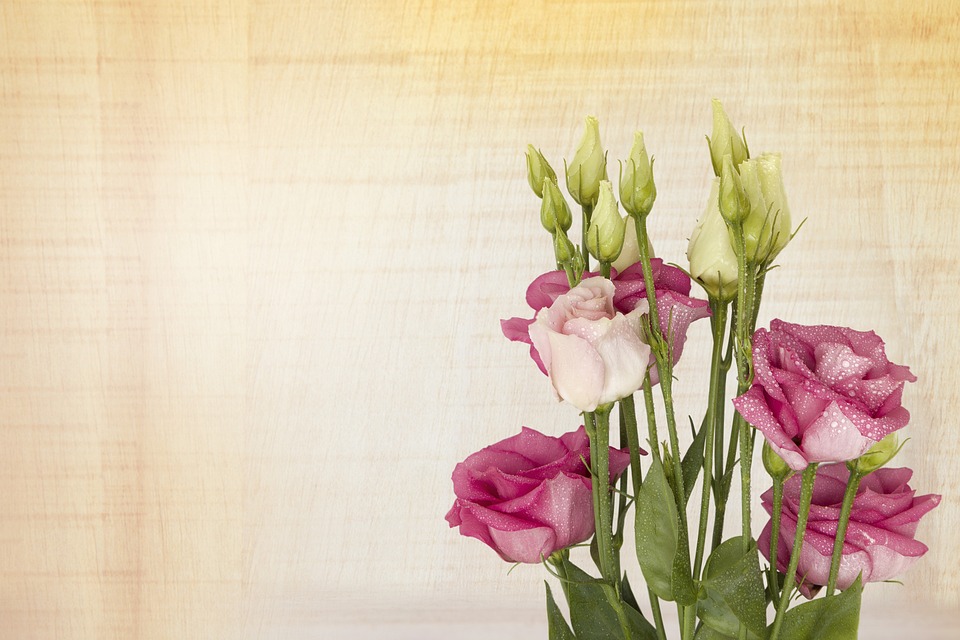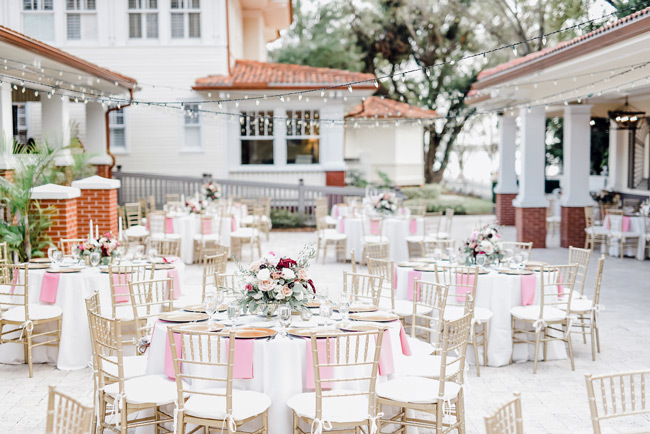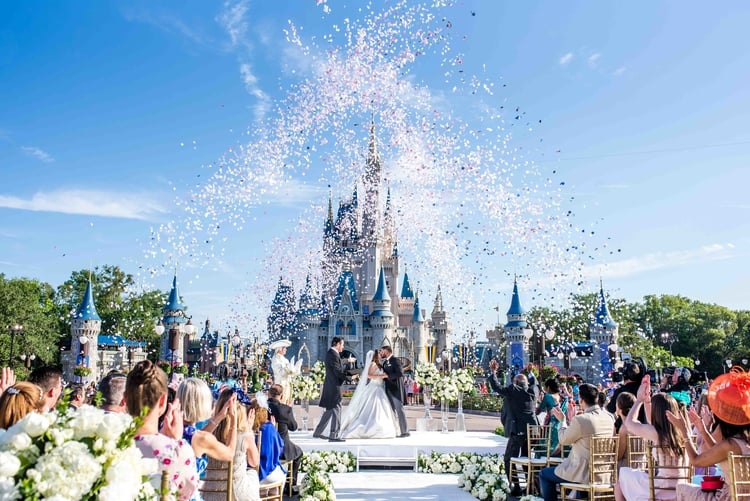Kenyan Traditional African Dances

Music is an international language and with it comes a dance. Dancing is not uncommon in the Africa culture as it has over the years been used to mark the different special occasions and celebrations. There are 8 provinces in Kenya but five major regions. Each of these regions has a popular ethnic group with unique dancing styles; Northern Kenya, Western Kenya, Central, Coast and Eastern Kenya.
The Maasai Dances of Northern Kenya
The north is represented by the famous Maasai tribe. This ethnic community has managed to withstand the test of time and retained its rich traditions and attires. The Maasai have a distinct dance that involve making a circle and jumping up high. The women wear bead necklaces or shanga round their necks which they use to dance as they sing their traditional music. The beautiful colors of their shukas and beads combined with their mowhawk kind of hairstyles separates them from any other dancers in Kenya
Chakacha of Coastal kenya
Unlike the Maasai dances, coastal dances focus mainly on vigorous waist movements. Chakacha is a very popular dance amongst the coastal tribes and their music is usually traditional or Taarab. With Taarab music and dancing, the instrumentals take up most of the song giving both the dancers and the performers time to shake their waists and move their hands freely. The major difference between chakacha and Taarab is the tempo of the songs with chakacha being the faster kind of music.
Kamba Dances in the Eastern Province
The eastern province is synonymous with the Akamba people whose traditional dances involve shaking their shoulders while stamping their bare feet. Their music is usually accompanied by drum beats and flutes. Percussion instruments were used to accompany song and dance depending on the occasion or ceremony.
Mwomboko of Central Region
Central Kenya is famous for its hilly terrain and the great Mountain of God, Mount Kenya. The most populous tribe are the Agikuyu whose dances concentrated on foot and hand movements. The rythimic stamping of feet and sequential arm movements make up most of the dances in that area. Mwomboko is one of the most popular dances in that area and can be compared to a waltz or a slow paced salsa dance. The leg movements of both male and female are systematic and one missed step ruins the whole performance. This dance is one of the least vigorous dances in Kenya.
Isukuti in Western
It is with much vigor and passion that the people of western Kenya dance. They probably have the most energetic dances that combine all the other four dancing styles. Unlike the coastal people who shake their waists, or the people from central whose main focus is the feet, or the northerners who love to jump and the easterners who shake their shoulders, the people of western Kenya shake their whole body. Accompanied by the famous Isikuti drums and the karingaringa, a metallic circular instrument that is hit to produce sound, these people love to dance. They dance during all ceremonies, be it a funeral or a wedding. However their most colorful dances are performed during their annual circumcision ceremonies.
Each of the dances is performed on special occasions like initiation, marriage ceremonies or even funerals. They are easy to learn by observation and can be very entertaining.




:max_bytes(150000):strip_icc()/Untitled-f25bb19498064cfe9ad2439496d73d68.jpg)


